Photo


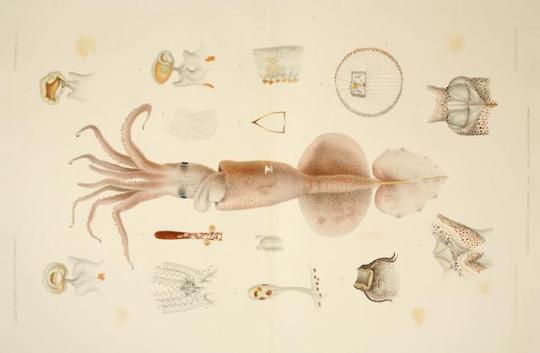
Illustrations from the voyages on the yacht of prince Albert I of Monaco (1848-1922). Albert was a keen oceanographer and owned four different research ships, which he used for his expeditions to survey the waters of the world. The prince would bring scientists on board and travel with them collecting data about ocean fauna, geology and meteorology. During his lifetime he established the Oceanographic Museum of Monaco and The Oceanographic Institute of Paris and provided much of his research and monetary resources to these institutions.
Source
691 notes
·
View notes
Photo


African jacanas (Actophilornis africanus) are fresh water birds found in sub-saharan Africa. During the mating season male jacanas build a small nest on top of the water as part of a courting behaviour. When a female lays eggs she leaves the nest and it is the male’s responsibility to take care of the them. The male often handles and carries the eggs under his wings until the baby jacanas hatch. Jacana eggs have a unique property of being waterproof, which comes in handy given that the birds spent most of their time in shallow waters.
Image sources here and here
243 notes
·
View notes
Photo

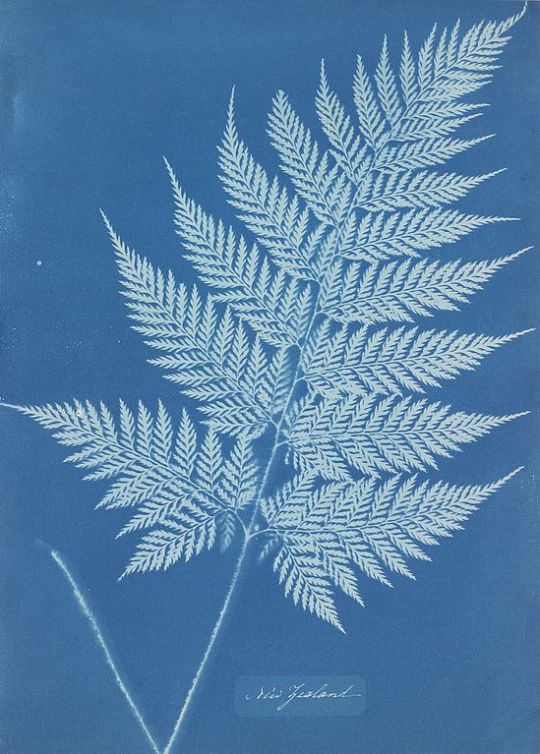
Cyanotype photographs by Anna Atkins. These photographs are thought to be the first photographic images taken by a woman. Atkins was an english botanist who lived in the 19th century. After Sir John Herschel invented cyanotype photographic process in 1842, Atkins used it to make these images of ferns and seaweed. In 1843 Atkins self-published a book called Photographs of British Algae: Cyanotype Impressions, which was the first ever book to include photographic images.
Image source
#scientific illustration#Anna Atkins#scientist#women in science#cyanotype#photography#photogram#herschel#botany#seaweed
254 notes
·
View notes
Photo
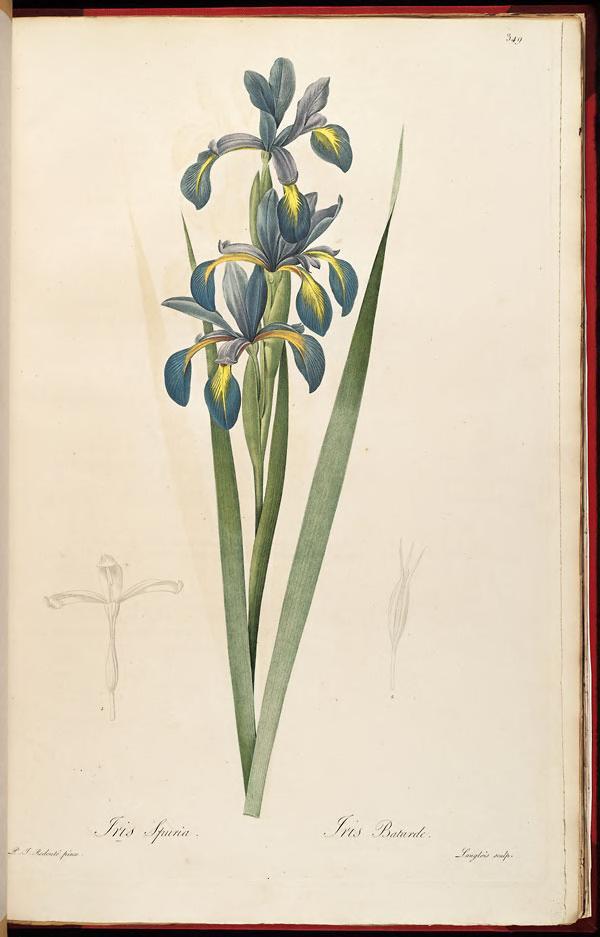

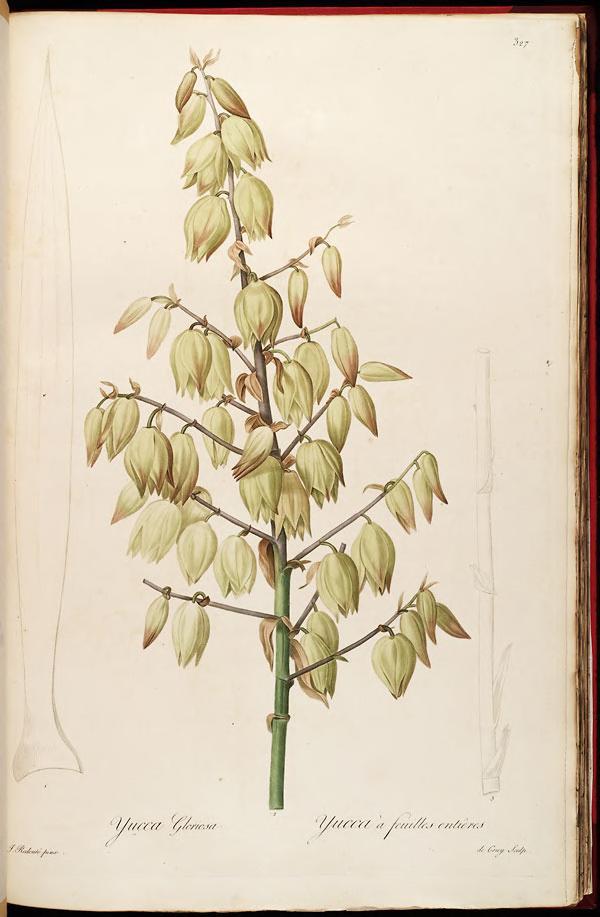



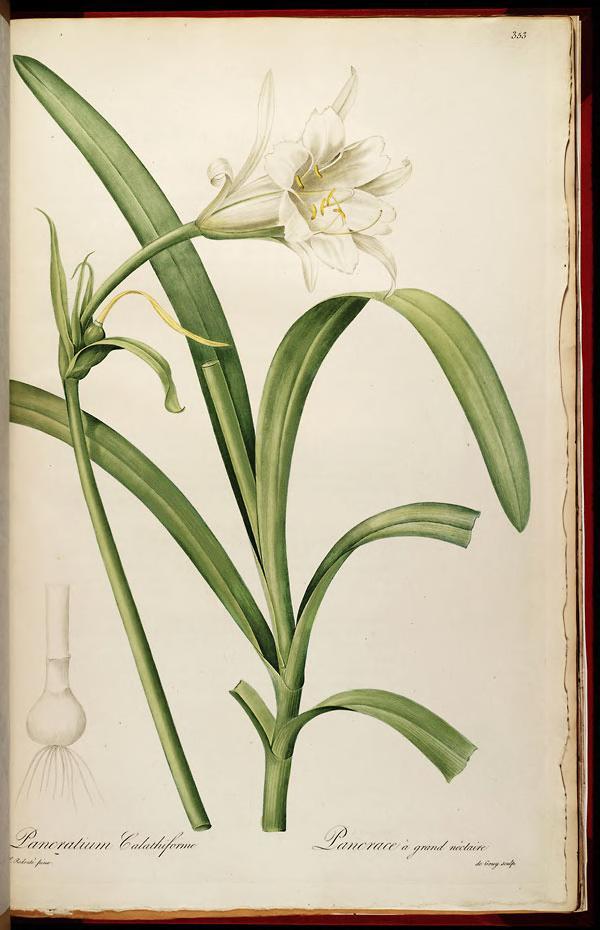

Botanical prints by Pierre-Joseph Redouté (1759-1840).
Redouté’s official title was the Draughtsman and Painter to the Queen's Cabinet, which he was awarded by Marie Antoinette. Redouté received patronage from multiple monarchs of France, including Louis XVI and Louis-Philippe, and was the official drawing tutor for Marie Antoinette. Later he also became the official painter for the Empress Josephine Bonaparte, the first wife of Napoleon Bonaparte, and was assigned to paint the flowers in the gardens at Malmaison.
Images from Les liliacees
#scientific illustration#botanical#flowers#france#Pierre-Joseph Redouté#marie antoinette#Bonaparte#Josephine#natural history#natural illustration
284 notes
·
View notes
Photo

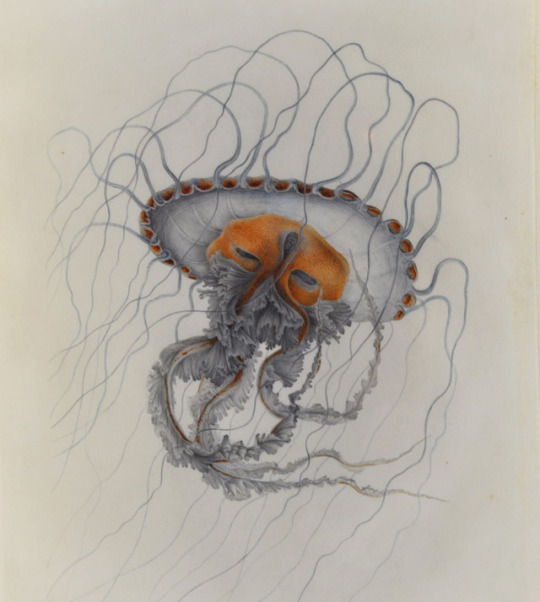
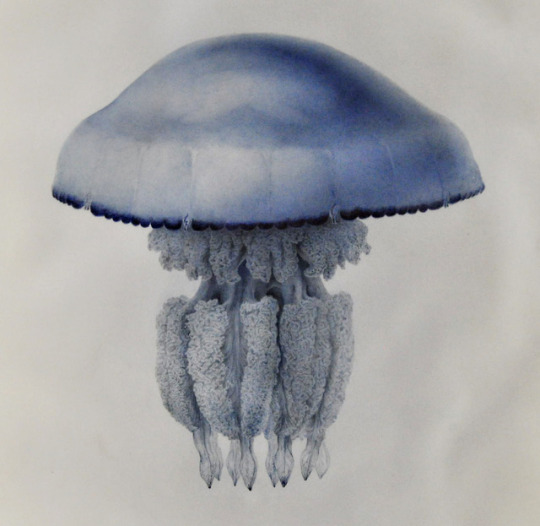

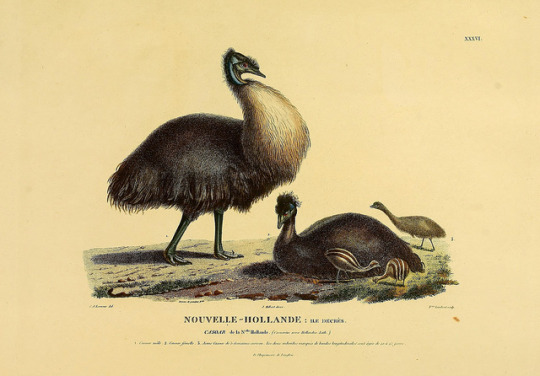
Drawings by Charles Alexandre Lesueur.
Lesueur was a French naturalists, explorer and researcher. In 1801, when Lesueur was in his early twenties, he traveled from France on an expedition to Tasmania and Australia. Initially, his role was supposed to be as an artists for the expedition but when the expedition’s zoologists died he took over those duties as well. During the expedition the crew collected close to 100,000 different specimens of which 2,500 were newly discovered species and Lesueur drew at least 1,500 of the collected specimens. During the trip he also made the only known drawings of the now-extinct King Island emus in their natural habitat.
Image sources here, here and here
#scientific illustration#natural history#lesueur#emu#australia#zoology#tasmania#king island#jellyfish#porcupine fish#nature
364 notes
·
View notes
Photo
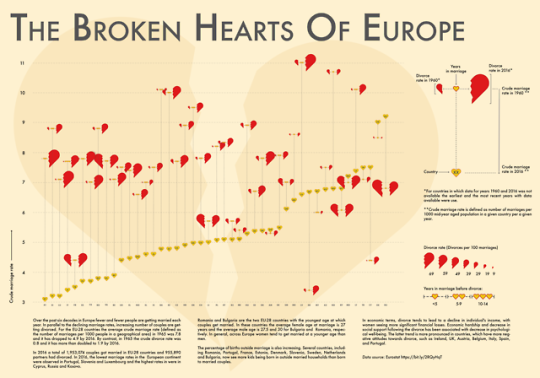
Don't want to spoil Valentine's Day, so read this data project as an encouragement to buy more roses for your loved ones.
See larger here
6 notes
·
View notes
Photo
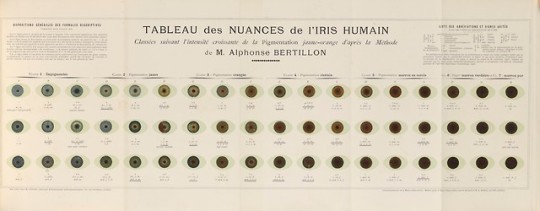

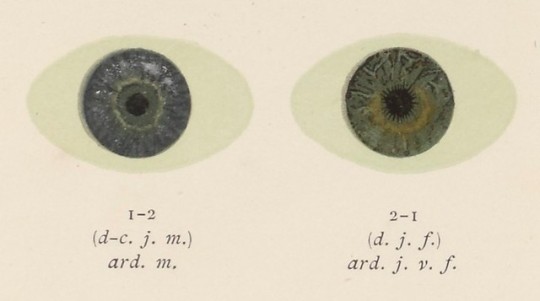
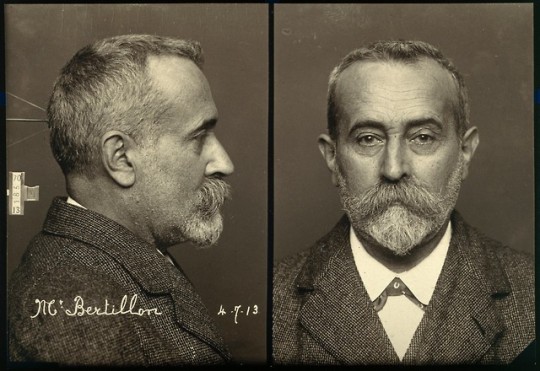
Tableau des Nuances de l'Iris Humain by Alphonse Bertillon (1893).
Alphonse Bertillon was a French police officer and a biometrics researcher. He studied how different human traits, e.g. height, hair, handwriting etc. can be used in police work to identify potential criminals. The image above shows Bertillon’s detailed descriptions of different types of human iris, which can also be used as a biometric.
In 1888 Bertillon also standardised the use of photographic images in police work and invented what we now call a ‘mugshot’.
Source Wellcome Collection
21 notes
·
View notes
Photo
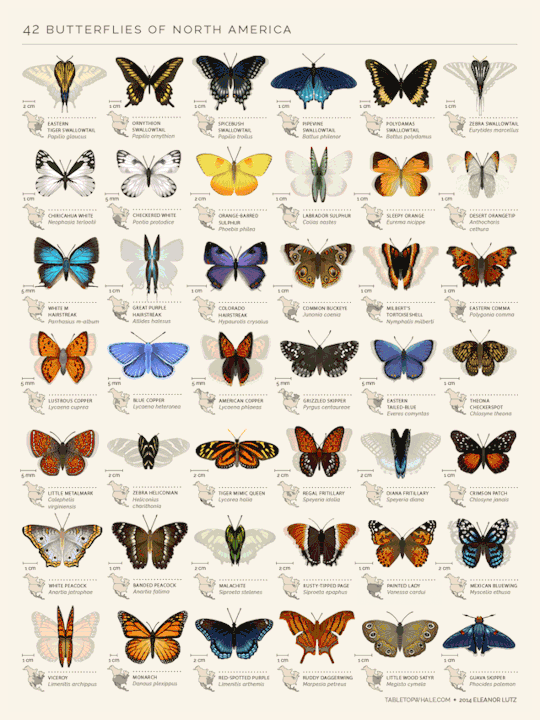
Did you know that there are approximately 20,000 species of butterflies in the world!
The image above was made by Eleanor Lutz who has a wonderful website tabletopwhale.com, where you can find some other amazing infographics she made.
379 notes
·
View notes
Photo

In the spirit of freezing cold and snow across the UK, here’s a drawing of a snowflower, often also called a peace lily.
Image source
69 notes
·
View notes
Photo
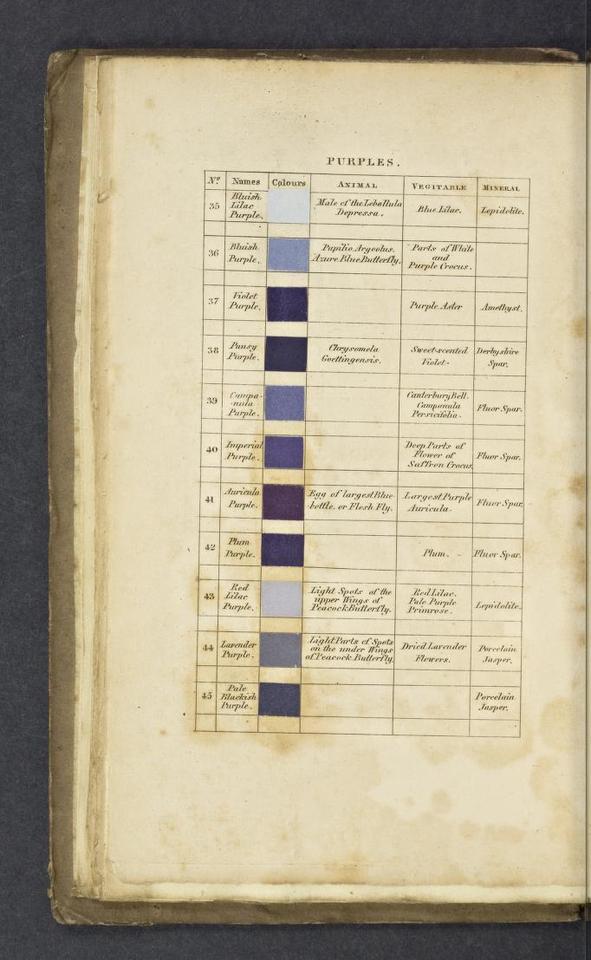
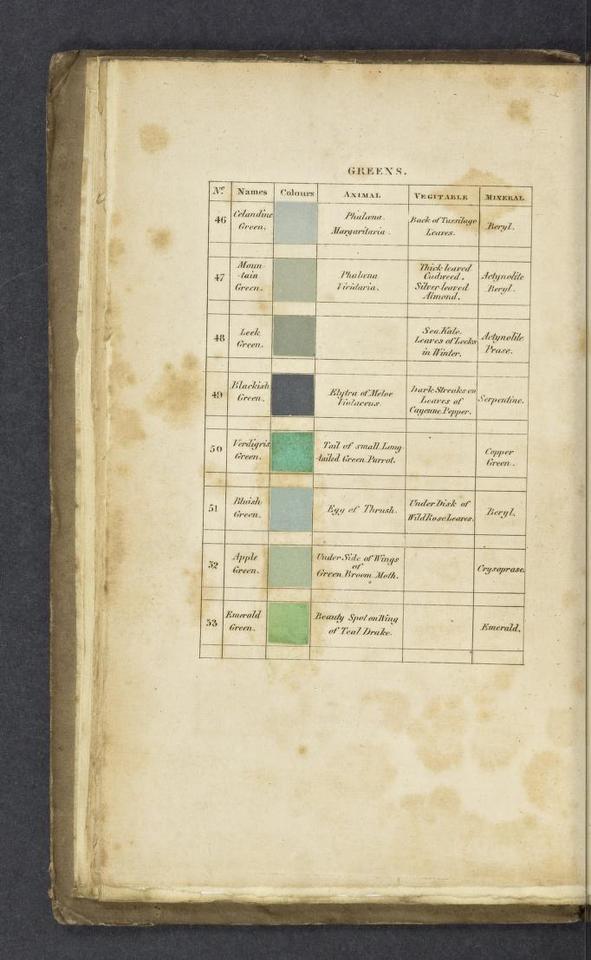
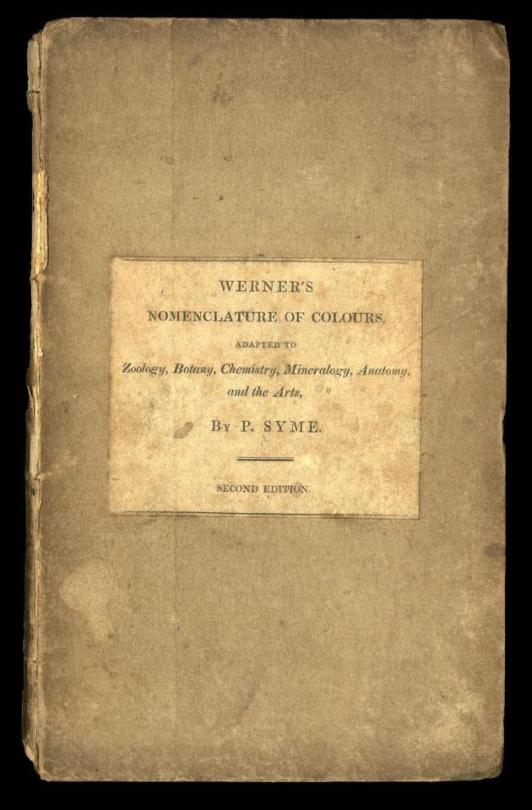
Werner’s Nomenclature of Colours was the book Charles Darwin used to describe the colours of the flora and fauna he saw during his voyage on the H.M.S. Beagle.
It is a kind of Pantone system for natural scientists. Each shade of colour is given a name and animal, vegetable and mineral examples for it. For example, Emerald Green is the colour of the beauty spots on the wings of teals and emerald gemstones, whereas Pistachio Green is found on the necks of eiders, ripe pound pears and in crysolite minerals.
Image source
#colour#natural history#werner’s nomenclature of colours#darwin#h.m.s. beagle#emerald#animal#vegetable#mineral
250 notes
·
View notes
Photo

Devil rays are a lesser known cousins of manta rays, they are also sometimes called ‘flying rays’ because of their ability to leap out of water as if in flight. Compared to the manta rays devil rays have much broader heads and sharper looking extremities. Unlike manta rays most devil rays do not have tail stinger or the stinger is enclosed. Recent genetic studies, however, have suggested that both mantas and devil rays should be classed in the same genus Mobula.
Image source
#natural illustration#scientific illustration#manta#devil ray#oceans#flying rays#classification#animals#sea#mantaray
488 notes
·
View notes
Photo
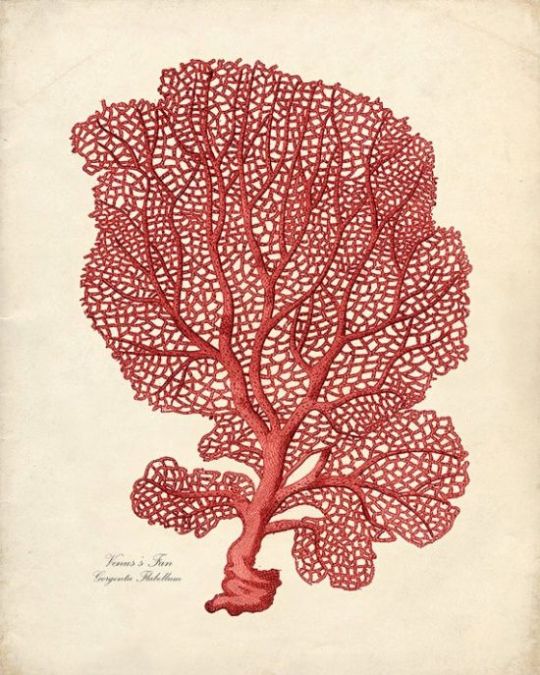

Venus fans (Gorgonia flabellum) are sessile soft corals found in shallow tropical water. While it may look just like some sort of a rudimentary leaf structure, it actually is a home for a diverse forms of life. Like most corals, venus fans form symbiotic relationships with algae that can perform photosynthesis and provide the corals with a source of organic food. In addition, tiny polyps live inside the fan that filter feed for the plankton that comes around.
Image source
198 notes
·
View notes
Photo


Andean goose (Chloephaga melanoptera) and Bar-headed goose (Anser indicus) have special adaptations to living at high altitudes. The populations found living at high altitudes have amino acid changes in their haemoglobin genes. The changes in the haemoglobin structure allows these geese to more effectively bind oxygen at lower concentrations (as is the case at high altitudes), which prevents these birds from developing hypoxia.
Image source 1 & 2
169 notes
·
View notes
Photo
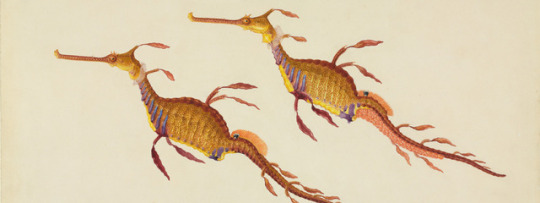



Franz and Ferdinand Bauers are sometimes considered to be the pioneers of scientific illustration. Born in the second half of the 18th century the Bauers were the sons of Lucas Bauer, a court painter to the Prince of Liechtenstein. Ferdinand Bauer is best known for his drawings of Australian fauna and flora, whereas Franz became the resident artists in the Kew Royal Botanical Gardens in London.
Image sources here & here .
#scientific illustration#natural history#botanical illustration#natural illustration#bauer#franz#ferdinand#kewgardens#platypuses#seahorse
623 notes
·
View notes
Photo
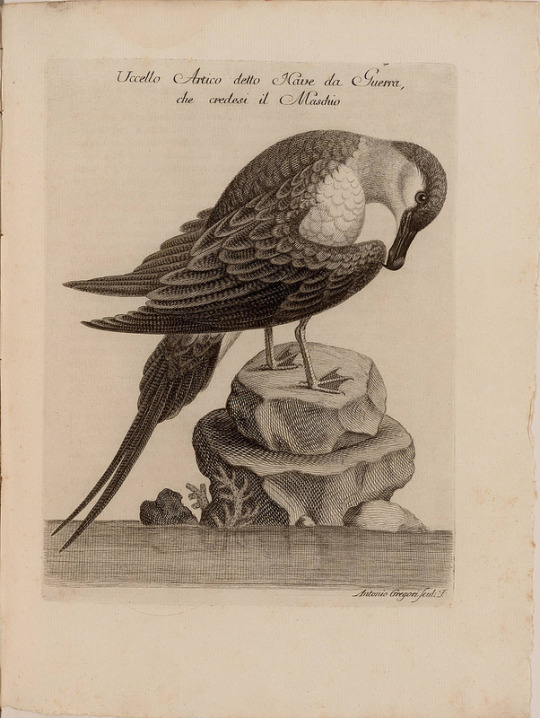
The Arctic tern (Sterna paradisaea) is thought to travel the largest migratory distance of all birds. Each year the tern travels from its breeding grounds in the Arctic to Antarctica and back. The bird’s migratory distance covers around 40,000 km, that is close the circumference of the Earth!
Image Gazzettiere americano
#scientific illustration#tern#birds#Gazzettiere americano#natural history#migration#migratory birds#travel#long distance
159 notes
·
View notes
Photo

Titi monkeys are the most species-rich group of primates. Titis are found only in South America, predominantly, around the Amazon River basin.
Titis engage in a tail entwining behaviour. It has been noticed that when male and female pair sits together their tails wrap around each other. It is thought that the entwining is a way of bonding between the adult monkeys. Funnily, they apparently entwine their tails both when they are awake and when they are asleep- strong bonds 24/7.
Image source
403 notes
·
View notes
Photo
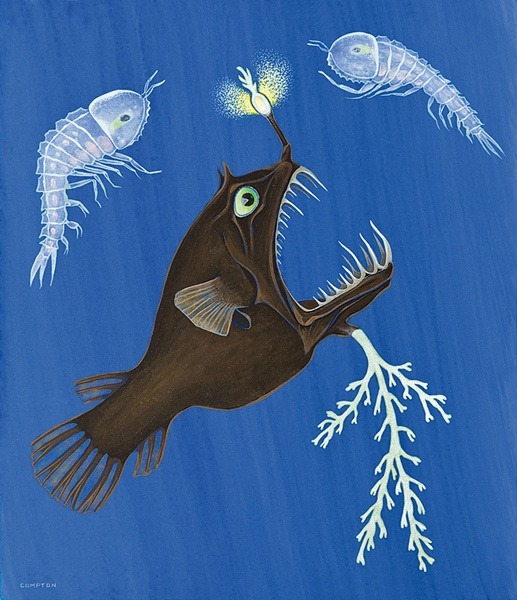


Bioluminescence is the ability of living organisms to produce light. Many organisms including bacteria, fungi and animals can produce light. Deepsea fishes, which themselves are usually pale and opaque, often use bioluminescence to attract the scarce pray deep down.
I’ve recently written a post about more uses for bioluminescence by fungi, squids and even criminal investigators- find it here.
Images from Fire in the Sea: Bioluminescence & Henry Compton's Art of the Deep by David A. McKee
706 notes
·
View notes